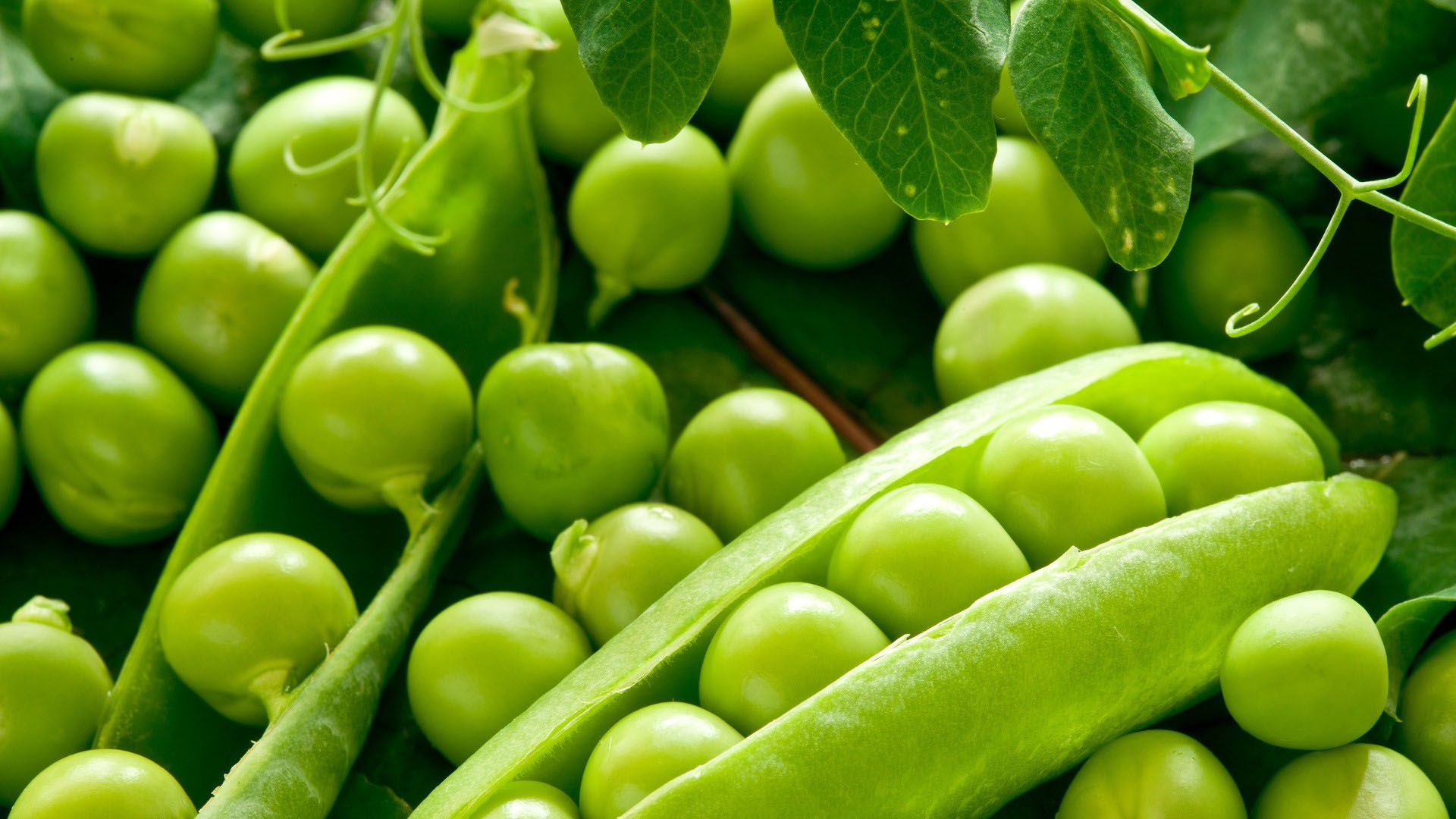The photosynthesis, one of the most fundamental process on earth, has its widely difference across photosynthesis organisms, and also different from other convergent evolution traits which are genetically simple and perform secondary functions (Heyduk et al., 2019). Both C4 and crassulacean acid metabolism (CAM) photosynthesis evolved from C3 in land plants, represent textbook examples of convergent evolution, with each having likely evolved independently more than 60 times (Sage et al., 2011; Edwards et al., 2012), and making photosynthesis much more efficient. However, the genetic basis of this evolution remains elusive, which due mainly to the lack of intermediate’s (like C2 or C3-C4) and multiple independently evolved material’s genomic resources.
In this study, two key model lineages, Blepharis and Flaveria, which comprising closely related C3, C4, C2 and C3+C4species (Fisher et al., 2015; Stata et al., 2019), were collected, sequenced to assemble and quantity genes expression, and re-sequenced by our team (Shifeng Cheng’s group in CAAS, Matt Stata’s group in the university of Toronto, and Boon Leong Lim’s group in the university of Hong Kong). The generation of genomic resources for these species, together with the accumulation of genomic data from an increasingly phylogenetically diverse species pool, will enable the comparative analysis, genome-wide association studies, and facilitate other approaches to detect the determinants of C4and CAM. These efforts will disentangle the genetic changes that required for C4and CAM origin and evolution, and help to explain how such a seemingly complex traits has evolved so frequently.
Further investigation will also focus on the major recent research objective that engineering the C4 photosynthetic pathway into rice (https://C4rice.com; Kajala et al., 2011; Ermakova et al., 2019) and other C3 crops, which potentially leading to an increase in yield that up to 50% (Hibberd et al., 2008). Undoubtedly, our current work will effectively promote the third green revolution.
Reference:
1. Heyduk, K. et al. The genetics of convergent evolution: insights from plant photosynthesis. Nat Rev Genet 20, 485–493 (2019).
2. Sage, R. F., Christin, P.-A. & Edwards, E. J. The C4 plant lineages of planet Earth. J. Exp. Bot. 62, 3155–3169 (2011)
3. Edwards, E. J. & Ogburn, R. M. Angiosperm responses to a low-CO2 world: CAM and C4 photosynthesis as parallel evolutionary trajectories. Int. J. Plant Sci.173, 724–733 (2012).
4. Fisher, A. E. et al. Evolutionary history of Blepharis (Acanthaceae) and the origin of C4 photosynthesis in section Acanthodium. Int. J. Plant Sci. 176, 770–790 (2015).
5. Stata M, Sage TL, Sage RF . Mind the gap: the evolutionary engagement of the C4 metabolic cycle in support of net carbon assimilation. Curr. Opin Plant Biol 49, 27–34 (2019).
6. Kajala K., Covshoff S., Karki S., Woodfield H., Tolley B.J., Dionora M.J.A., et al. Strategies for engineering a two-celled C4 photosynthetic pathway into rice.J. Exp. Bot.62, 3001-3010 (2011).
7. Ermakova M., Danila F.R., Furbank R.T., von Caemmerer S. On the road to C4 rice: advances and perspectives. Plant J.101, 940-950 (2019).
8. Hibberd J.M., Sheehy J.E., Langdale J.A. Using C4 photosynthesis to increase the yield of rice-rationale and feasibility. Curr. Opin. Plant. Biol. 11, 228-231 (2008).
